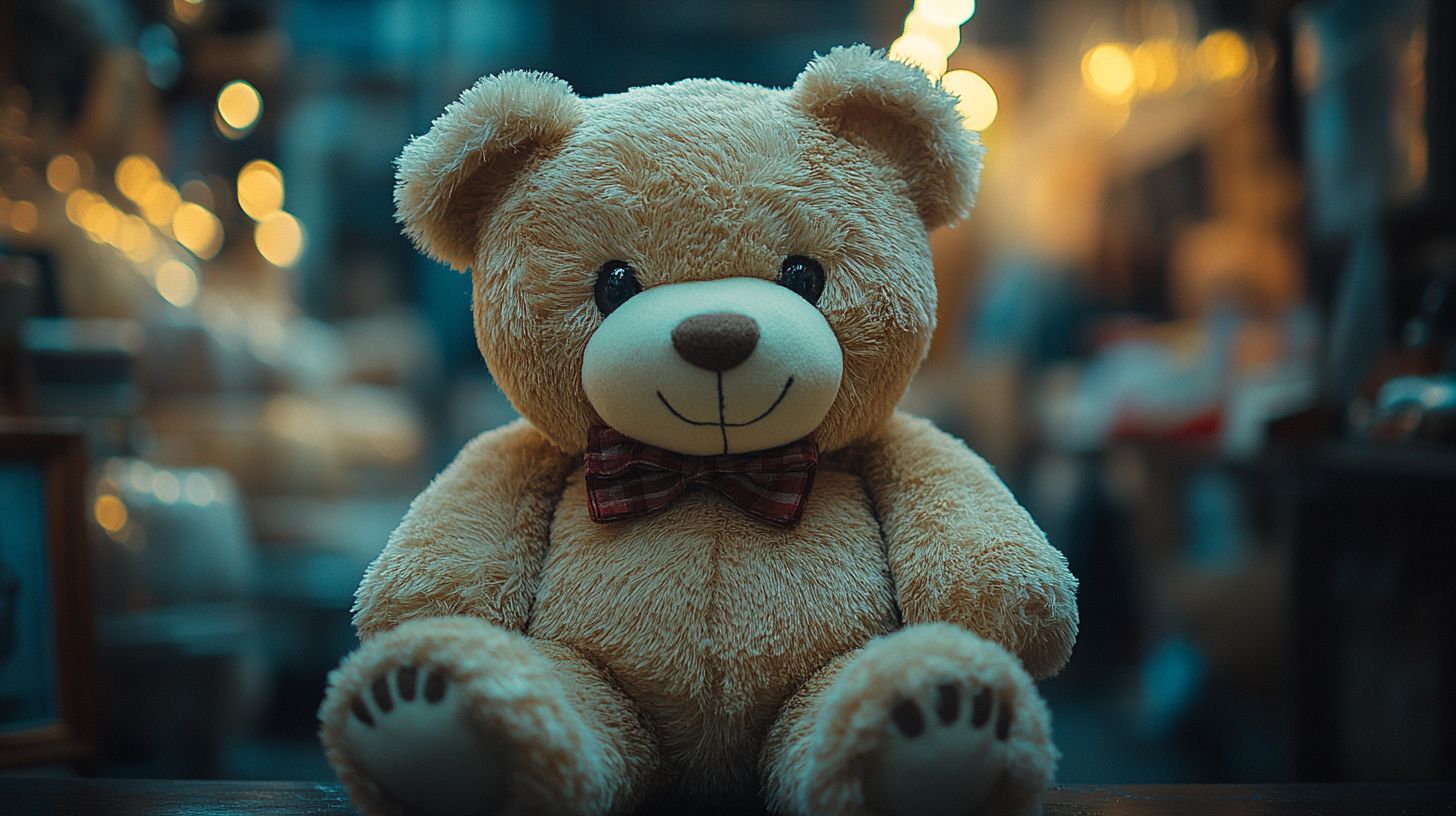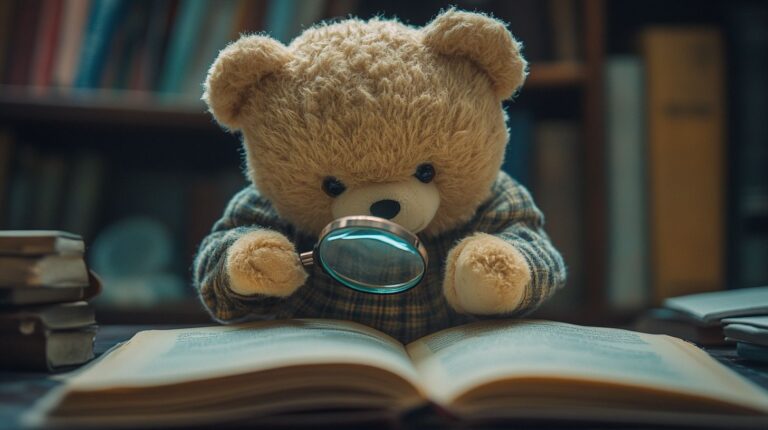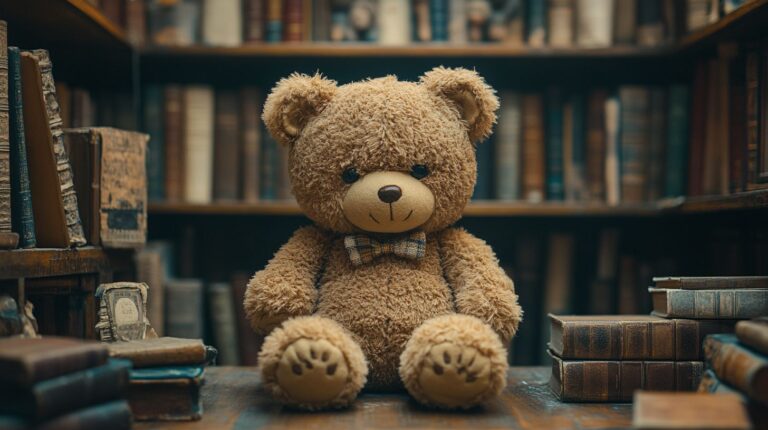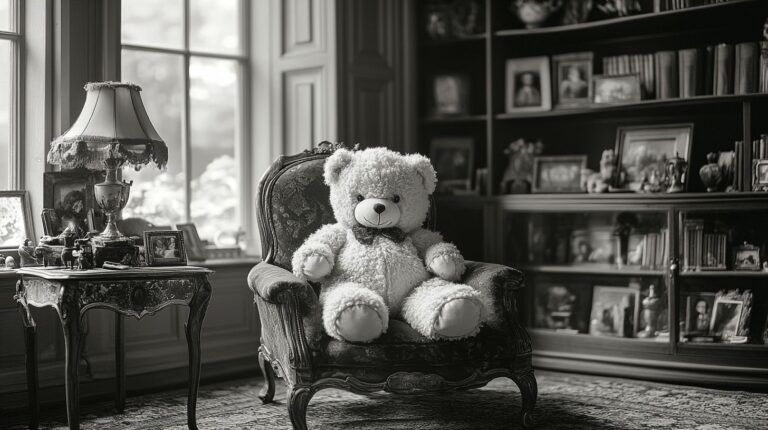Teddy bear collecting can be a rather brilliant investment, especially when you stumble across vintage pieces from the likes of Steiff and Merrythought. Some of these treasured bears have sold for upwards of £50,000 at prestigious auction houses, which isn't too shabby at all. What's particularly fascinating is how the market's weathered various economic storms – these plush companions seem to hold their value rather wonderfully.
Mind you, success in this peculiar world largely comes down to getting five things spot-on: the bear's age, its maker, condition (naturally), how rare it is, and whether you can trace its history. Whilst you needn't remortgage the house to start collecting, you'll want to keep your bears in tip-top shape by storing them at a steady 18-20°C. It's also worth getting the proper authentication – there are plenty of clever reproductions floating about.
The real gems often turn up in the most unlikely places. Sure, specialist auctions are grand, but I've seen absolute treasures lurking at car boot sales and village fairs. The trick is knowing precisely what you're looking for – and having the patience to wait for that perfect find.
Key Takeaways
Fancy a Different Sort of Investment? Consider Teddy Bears
The world of teddy bear collecting might raise a few eyebrows as an investment strategy, but it's rather fascinating. Those lucky enough to stumble upon vintage Steiff bears, particularly the rarer specimens, could be sitting on a small fortune – some fetch upwards of £50,000 at specialist auctions.
What's quite remarkable about these cuddly investments is their resilience during wobbly economic times. Unlike the rather volatile stock market, collectible bears tend to hold steady or even climb in value, though one mustn't count their bears before they're sold, so to speak.
Mind you, it's not as simple as picking up any old bear from the attic. Authentication is absolutely crucial – proper paperwork and documentation can mean the difference between a genuine treasure and a worthwhile keepsake. Condition is paramount too; a tatty bear simply won't command top pound.
Storage isn't to be taken lightly either. These furry investments need proper care – rather like fine wines, they're quite particular about their environment. Too much moisture or heat can play havoc with their condition, and nobody wants a mouldy bear, valuable or otherwise.
For those serious about building a collection, it's worth spreading one's risks across different manufacturers and periods. Some collectors do rather well by becoming experts in specific niches, though it's jolly important not to put all one's eggs – or bears – in one basket.
Teddy Bear Market Overview
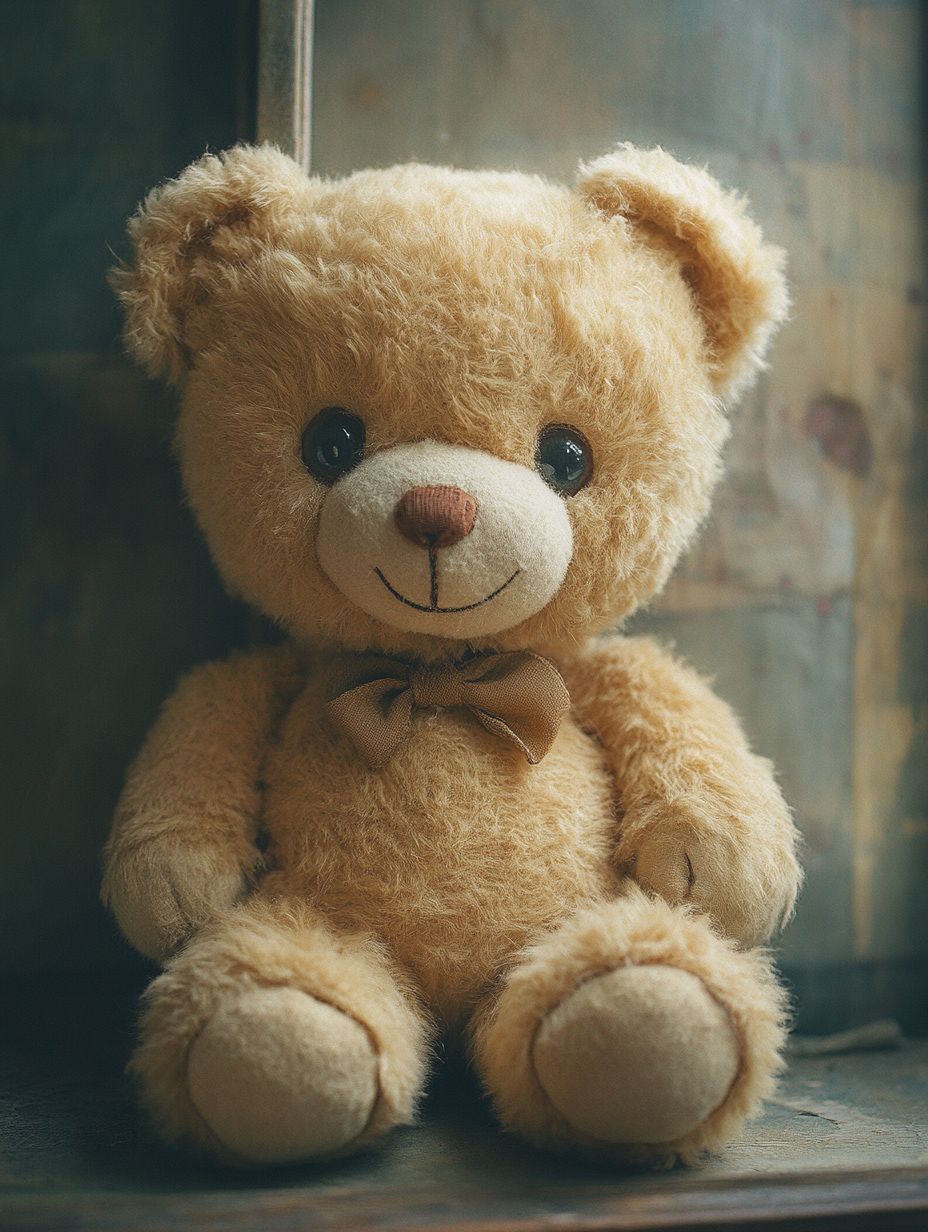
The world of collectible teddy bears has blossomed into quite a remarkable investment niche, with global sales reaching into the millions. Particularly sought-after are the vintage beauties from prestigious makers like Steiff and Merrythought – some of these treasured bears have commanded eye-watering prices of £50,000 or more at leading auction houses.
Authentication's absolutely crucial in this market, and collectors can be rather fussy about it too. Original tags are worth their weight in gold, whilst proper documentation of a bear's history can make all the difference. The growler mechanism needs to be in working order as well – though finding one that still gives a proper growl after all these years is quite rare.
Mind you, whilst modern mass-produced bears might look charming on a shelf, they're unlikely to set the investment world alight. The real gems are those crafted before 1950, especially during the golden age of bear-making between the wars.
These days, there's a proper buzz around bears with royal connections – hardly surprising given our British fondness for both monarchy and teddy bears. Christie's and Bonhams regularly showcase the cream of the crop at their specialist sales, though one never quite knows what might turn up.
Rather fascinating how the teddy bear market's weathered various financial storms – perhaps there's something rather comforting about these furry investments during uncertain times.
Identifying Valuable Collectible Bears
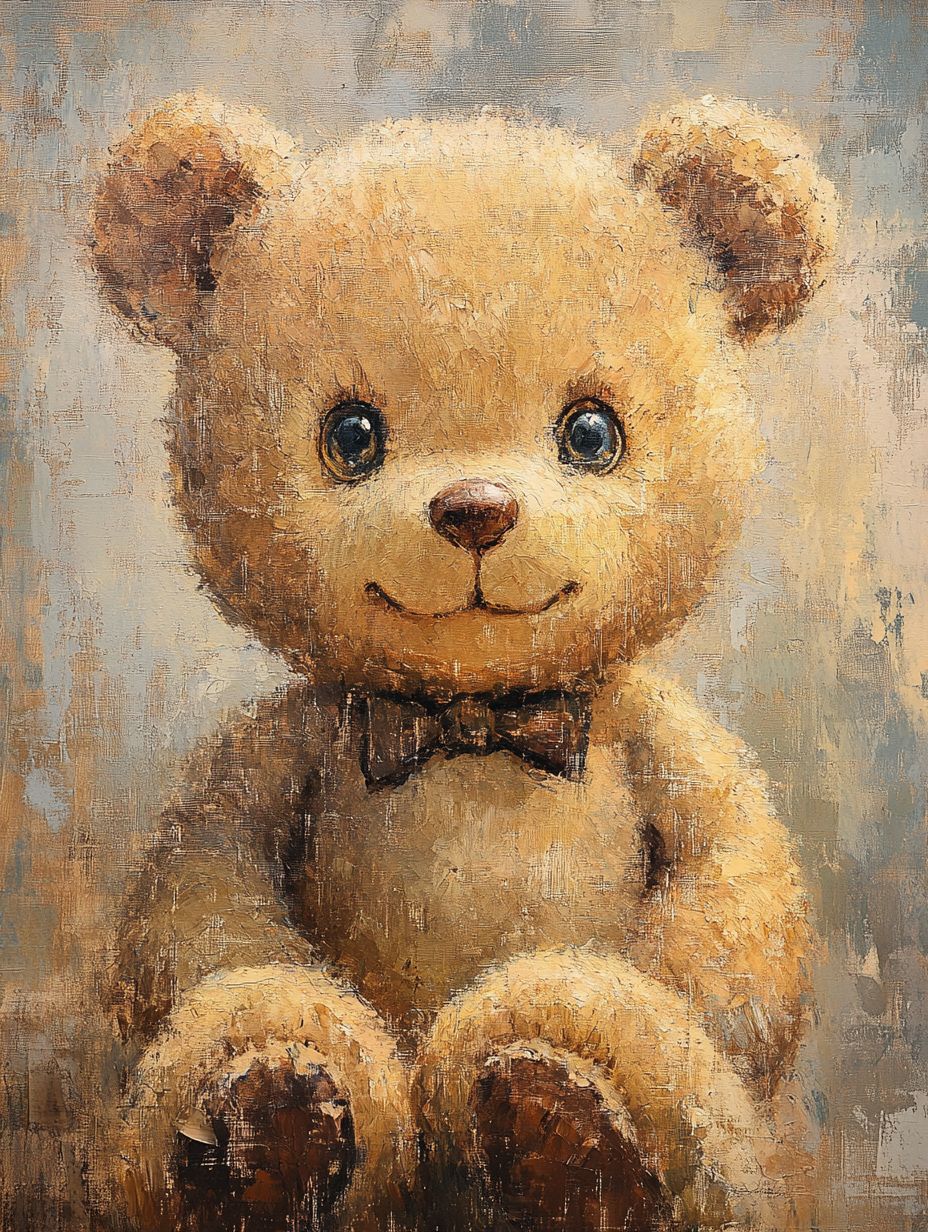
When it comes to valuing collectable teddy bears, there's quite a bit more to it than meets the eye. Most seasoned collectors look at five crucial aspects: how old the bear is, who made it, what sort of nick it's in, how rare it might be, and its background story.
Those absolutely marvellous early specimens from the 1900s – particularly if they're Steiff or Merrythought – can be worth an absolute fortune at auction.
Condition is absolutely vital, mind you. Original mohair, properly working joints and those charming glass eyes need to be present and correct.
Whilst nobody expects a century-old bear to look box-fresh, you'd be surprised how drastically the value drops – we're talking 70% or more – if there's been too much tinkering or bits missing. The maker's mark needs particularly careful inspection; it's remarkable how the tiniest details can turn a £50 bear into one worth thousands.
The truly special ones tend to have fascinating histories. Perhaps they were made in limited numbers, or better yet, have some connection to the Royal Family.
Some of the most valuable bears I've come across belonged to rather notable figures – though one must be terribly careful about verifying such claims.
Do keep your eyes peeled for unusual features like working growlers or peculiar colour combinations – these little details can make all the difference to serious collectors.
Top Investment-Worthy Bear Brands
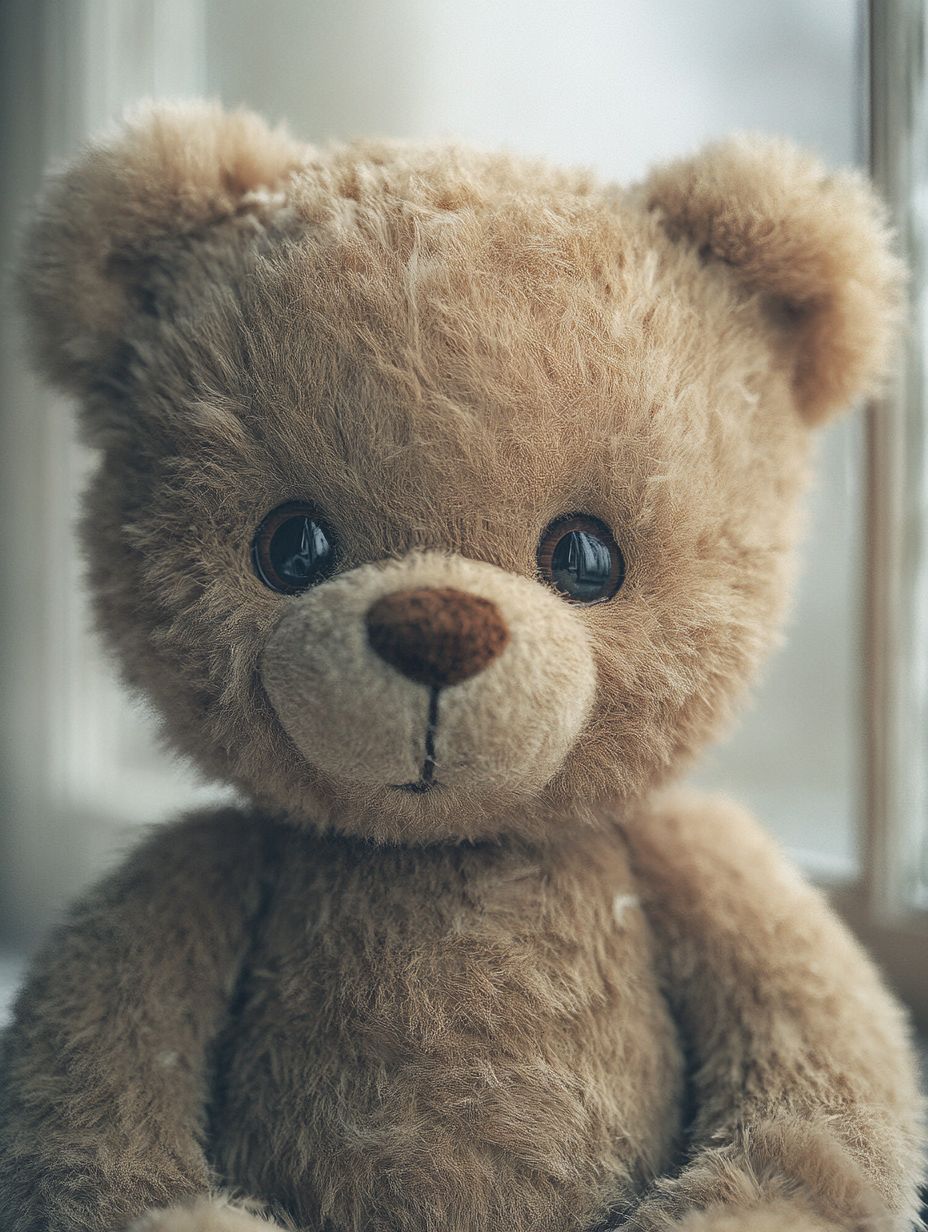
Investing in Collectable Bears: A Discerning Guide
The world of collectable bears is rather fascinating, with certain manufacturers consistently proving their worth at auction. Steiff bears, crafted in Germany since 1880, remain particularly coveted – rare specimens have fetched north of £10,000 under the hammer.
Meanwhile, Merrythought, our last remaining British teddy bear maker, produces absolutely lovely limited editions that tend to hold their value rather well.
Charlie Bears might be relatively new to the scene, but crikey, they've made quite an impact. Their thoughtful designs and attention to detail have caught the eye of serious collectors. The limited edition Bearhouse range looks especially promising, though one might want to be selective about which pieces to acquire.
Some of the older manufacturers are worth their weight in gold. Those early Dean's Rag Book Company bears from the inter-war period can command serious money, whilst Hermann-Spielwaren's mohair beauties are particularly sought after.
Gund has its devotees too, especially when it comes to their vintage pieces.
Mind you, if you're looking for something truly special, R. John Wright's handcrafted bears are absolutely magnificent. They're not cheap – expect to part with £500 to £2,000 – but they're wonderfully crafted and tend to appreciate nicely.
A balanced collection might include a mix of these established names, though it's worth keeping an eye on up-and-coming artisan makers who could be tomorrow's stars.
Preservation and Storage Methods
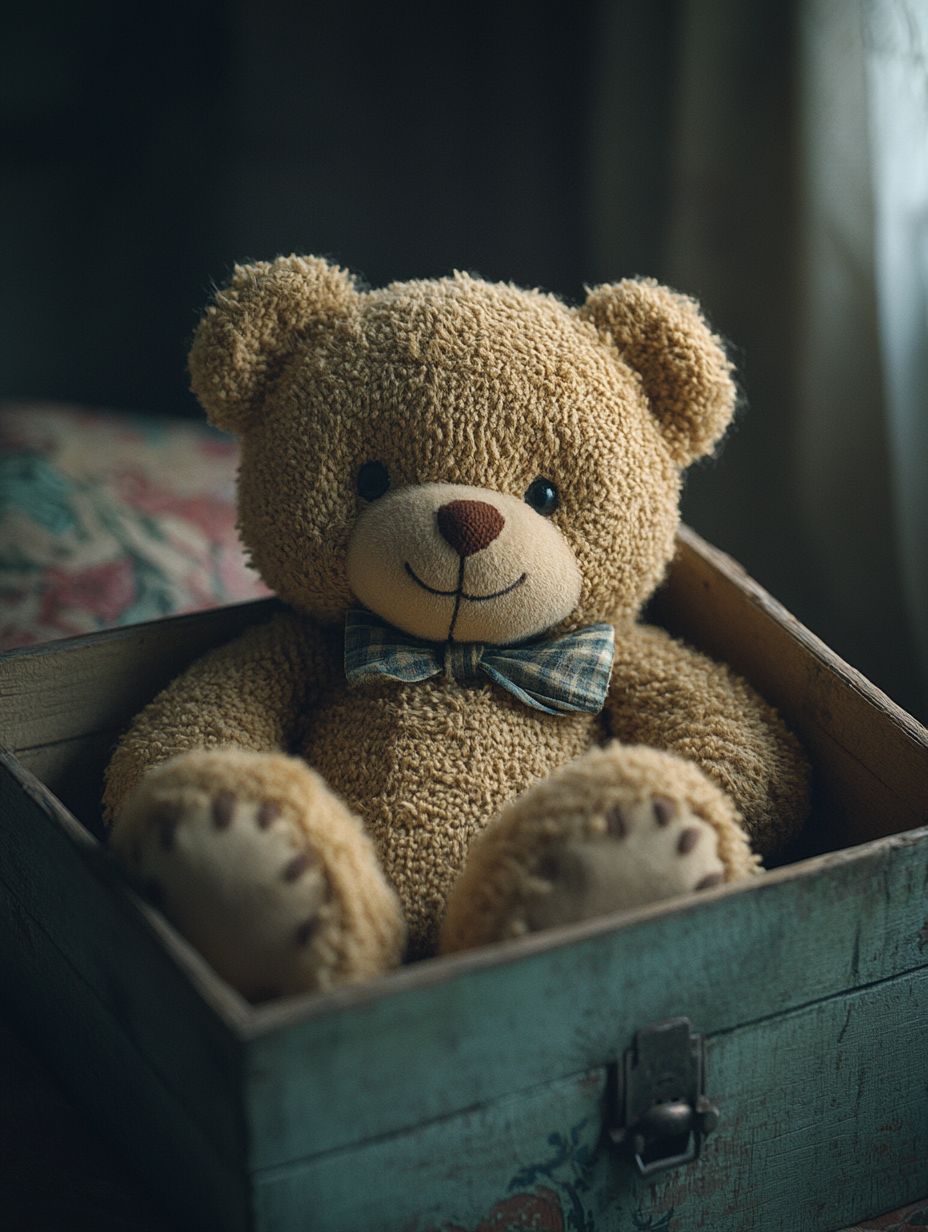
Looking after your teddy bears properly is rather crucial if you're keen on maintaining their value. The little chaps need a carefully controlled environment – keep them out of direct sunlight, which does terrible things to their fur and can make a right mess of delicate materials.
Most collectors reckon the sweet spot is around 18-20°C, with humidity hovering between 45-55%.
When it comes to storage, steer clear of those plastic bags – they're dreadful for trapping moisture and before you know it, you've got mould issues on your hands. Acid-free tissue paper is your best bet.
For the truly special pieces in your collection, you might want to splash out on proper archival boxes – the V&A Museum shop does some rather good ones. If you're displaying your bears, do give them a shuffle about now and then, as staying in one position can put unnecessary strain on their joints and fabric.
Every few months, it's worth having a proper look over your bears. Check for those pesky moths, any stitching that's coming loose, or general wear and tear. A gentle once-over with a soft brush keeps the fur looking smart, and if you spot any marks, a dab of distilled water usually does the trick.
Should anything need fixing, resist the urge to mend it yourself – particularly with valuable pieces. A botched repair job could knock hundreds of quid off your bear's value, so it's worth finding a proper restorer who knows their stuff when it comes to vintage toys.
Where to Source Rare Bears
Finding Rare Bears: A Collector's Guide
There's something rather magical about hunting for rare teddy bears, and I've found the most promising spots tend to be specialist auctions and proper antique fairs. Christie's and Bonhams regularly turn up absolute treasures, though their prices can make your eyes water.
Mind you, the real bargains often lurk in those smaller auction houses dotted around Britain's market towns – particularly up North, where you might stumble across something rather special for a song.
Getting to know the right people makes all the difference. The British Bear Association is brilliant for networking, and most specialist dealers are wonderfully helpful once they realise you're serious about collecting.
Though I must say, some of my finest finds have come from the most unlikely places – posh car boot sales on Sunday mornings can be absolute goldmines if you've got the patience to rummage.
Those magical moments really make it worthwhile:
Sometimes you'll spot a genuine pre-war Steiff hiding beneath a mountain of modern tat.
Or perhaps discover a pristine Merrythought bear languishing in someone's attic.
There's nothing quite like outbidding a determined rival for a particularly lovely Dean's piece.
And rescuing those century-old bears, still perfectly loved and cared for, feels rather special.
Best of all is getting that whispered tip about a private collection coming up for sale.
Just remember to do your homework on values beforehand – plenty of sellers haven't the foggiest what their old bears are worth, and that can work both ways.
Building Your Investment Portfolio
Building a proper investment portfolio of vintage bears isn't quite as straightforward as simply collecting what catches your fancy. You'll need a bit of strategy to make the most of your money.
The trick is to spread your investments sensibly. A well-thought-out collection might feature a couple of rather special pre-war Steiffs – expect to part with £2,000 to £5,000 for each of those beauties.
Then perhaps mix in some charming mid-century Merrythoughts, which tend to fetch between £300 and £800. Rounding things out with carefully chosen modern limited editions from prestigious houses isn't a bad shout either.
Brilliant returns often come from specialising in particular niches. You might fancy focusing on those gorgeous 1920s mohair bears, or perhaps the delightfully quirky character bears from the Festival of Britain period.
Mind you, don't get too precious about condition – bears with a touch of wear but proper documentation can turn out to be absolute gems, particularly when you've got authentication from the likes of Christie's behind them.
Do keep meticulous records of what you've paid, along with condition notes and authentication papers.
Whilst it's lovely to have your collection on display, the truly valuable pieces ought to be tucked away in proper museum-grade storage boxes.
Keep them out of direct sunlight and away from temperature swings – after all, these little chaps are investments worth protecting.
Conclusion
Let's be honest – teddy bear collecting isn't quite the gold mine some might suggest. Whilst certain rare Steiff bears and vintage Merrythought pieces can fetch rather lovely sums at auction, it's rather daft to view these cuddly chaps purely as investments. The most successful collectors I've met tend to be proper enthusiasts first and savvy investors second. Mind you, there's this peculiar myth floating about that limited editions are guaranteed moneymakers – absolute rubbish, that. What really matters is the bear's background story, how well it's been looked after, and whether it's genuinely significant to teddy bear history. If you're keen to start a collection, do it because you fancy the bears themselves. Should your collection gain value over time, well, that's simply the cherry on top of the cake, isn't it?

